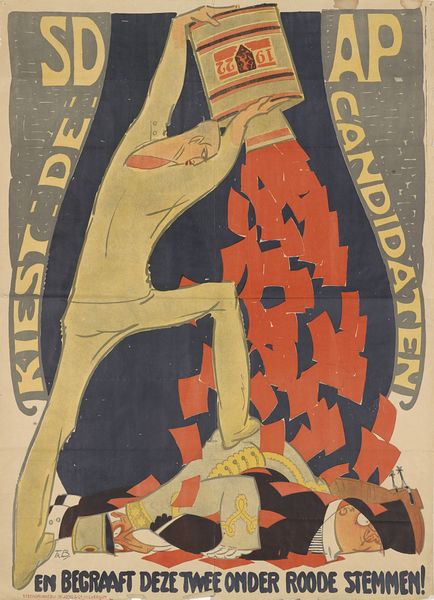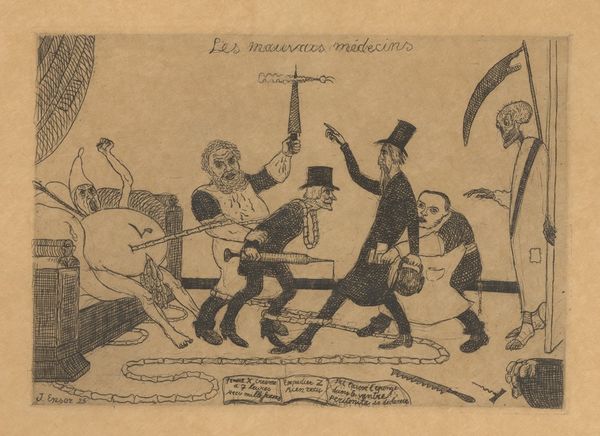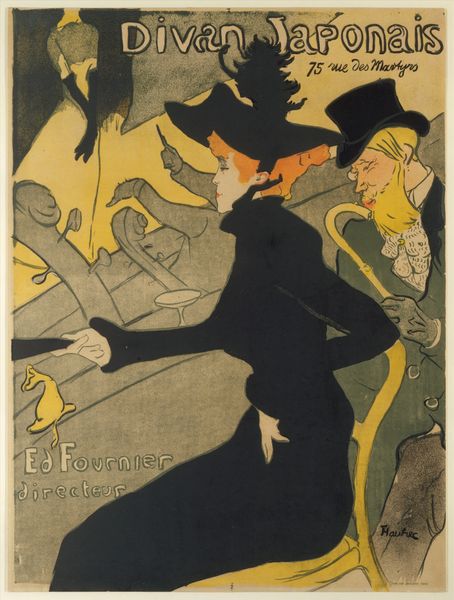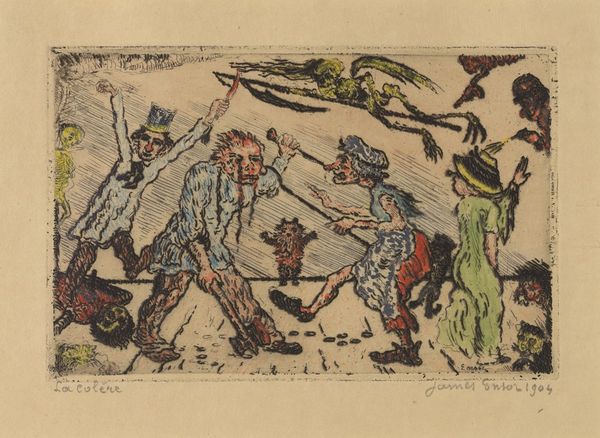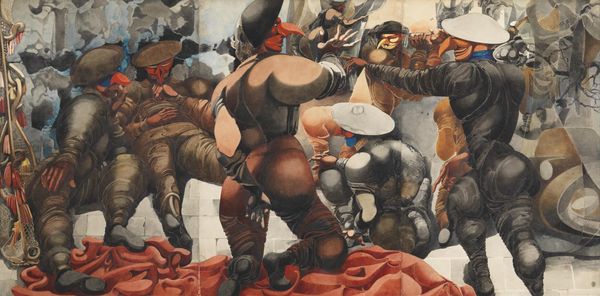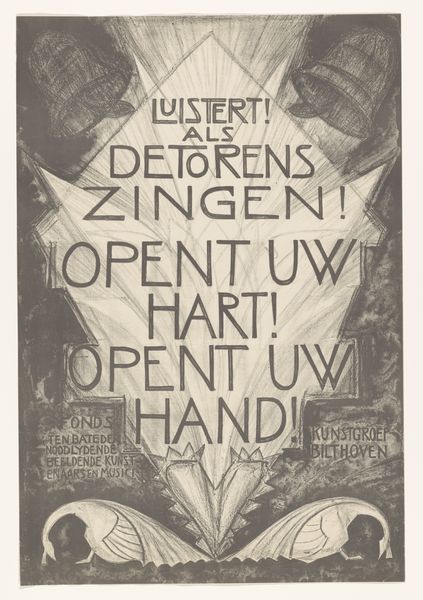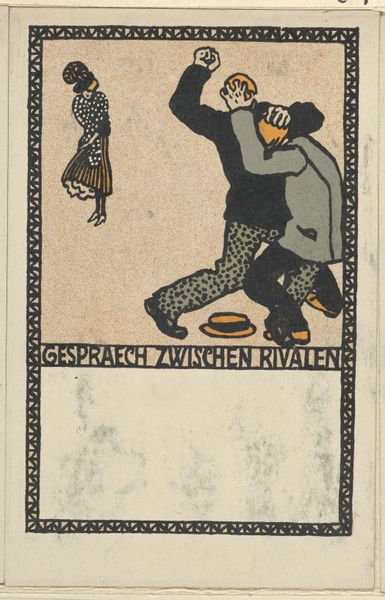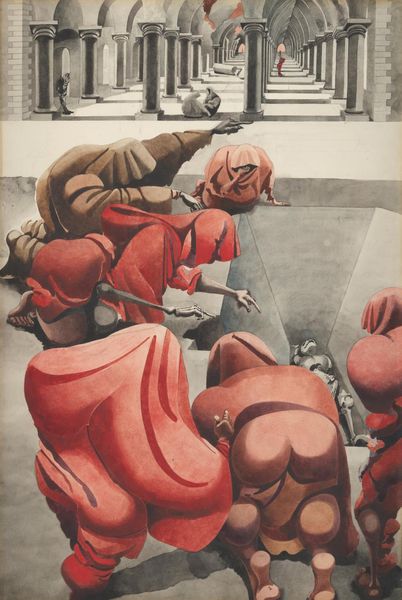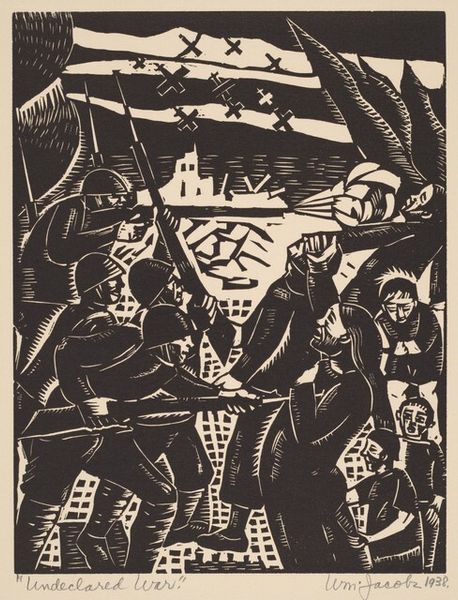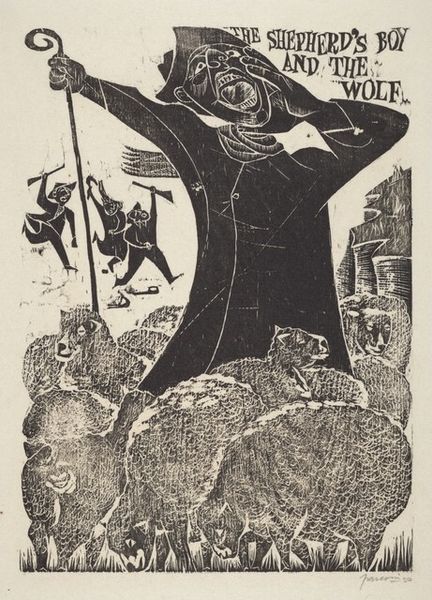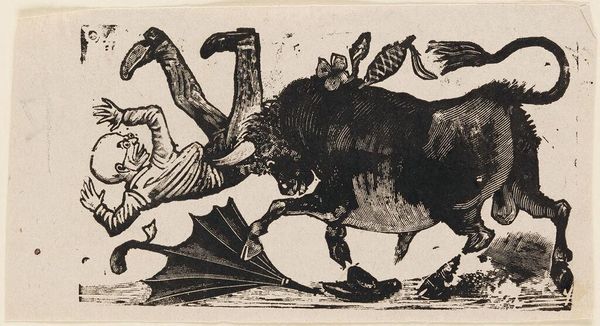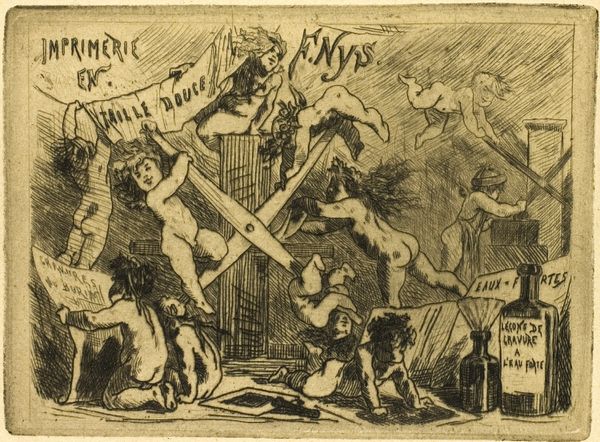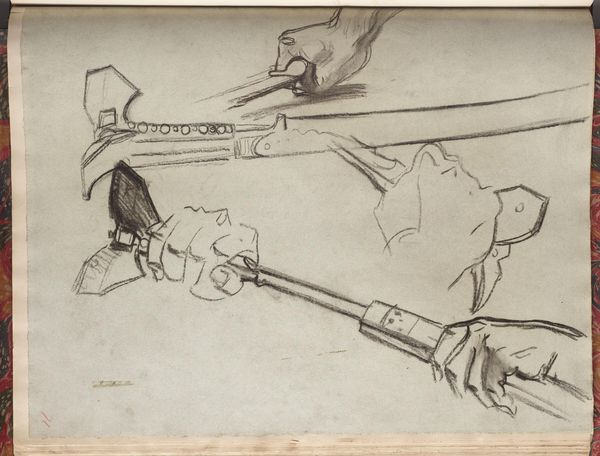
#
toned paper
#
ink drawing
#
ink painting
#
leaf
#
fluid art
#
ink drawing experimentation
#
coffee painting
#
tattoo art
#
watercolour illustration
#
pencil art
#
watercolor
Copyright: Public domain US
Editor: Here we have Max Oppenheimer's "Quartet Poster," created in 1915, using watercolor and ink. I’m immediately struck by the chaotic energy of the piece; the musicians seem to melt into one another. What kind of mood do you think Oppenheimer was trying to evoke with such a disjointed image? Curator: It’s like catching music mid-air, isn't it? Oppenheimer was part of the Expressionist movement, a world saturated with emotion—painting sound, I imagine, isn't too dissimilar from how a synesthete experiences the world. The somewhat disjointed forms of these musicians mirror a dissonance, perhaps reflecting the turbulent times leading up to and during the First World War. Doesn't the almost violent brushwork amplify that feeling of unease and raw emotion? I think the limited color palette reinforces a sense of seriousness, preventing it from tipping into something purely celebratory. Editor: Absolutely, it feels much darker and brooding than a straightforward concert announcement. So, beyond just the historical context, do you see any symbolism in the quartet's composition itself? Curator: Definitely. The way the figures seem to be collapsing into each other can represent the dissolving boundaries of self in a time of great social upheaval. Maybe a statement about individuality being consumed by the collective, whether willingly or unwillingly. Notice how difficult it is to distinguish each musician clearly; are they four distinct people or facets of a larger experience? Editor: That's a fascinating perspective, a collective unconscious manifested in musical form. I hadn't considered the individual musicians losing their identities this way, I love how much we were both able to see when working together to examine the piece! Curator: Exactly! The real magic happens in the dialogues we create *with* the artwork and each other, which continually helps unveil something new each time.
Comments
No comments
Be the first to comment and join the conversation on the ultimate creative platform.
